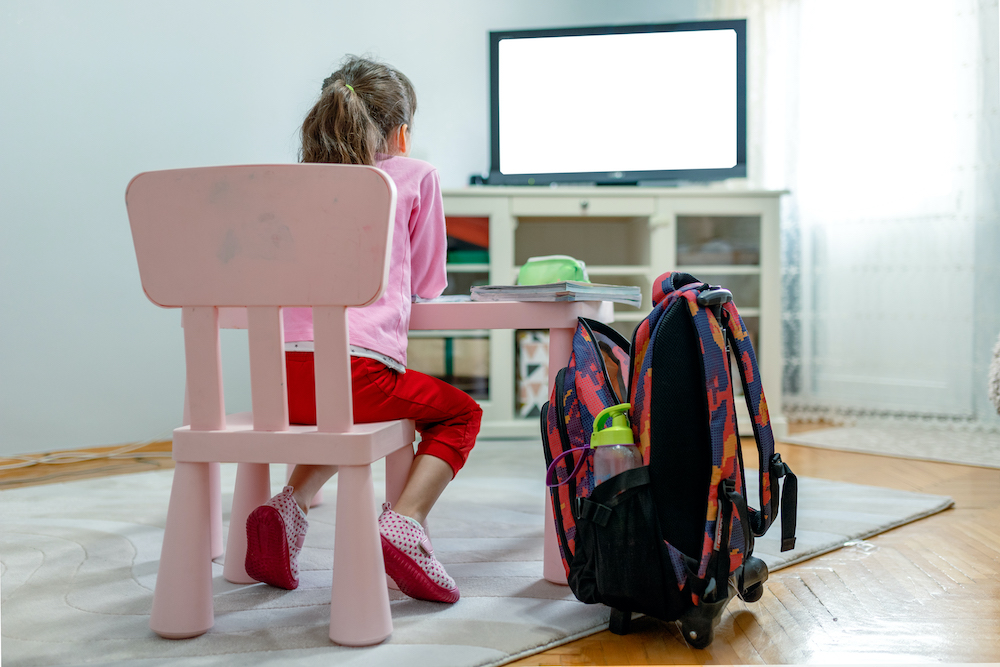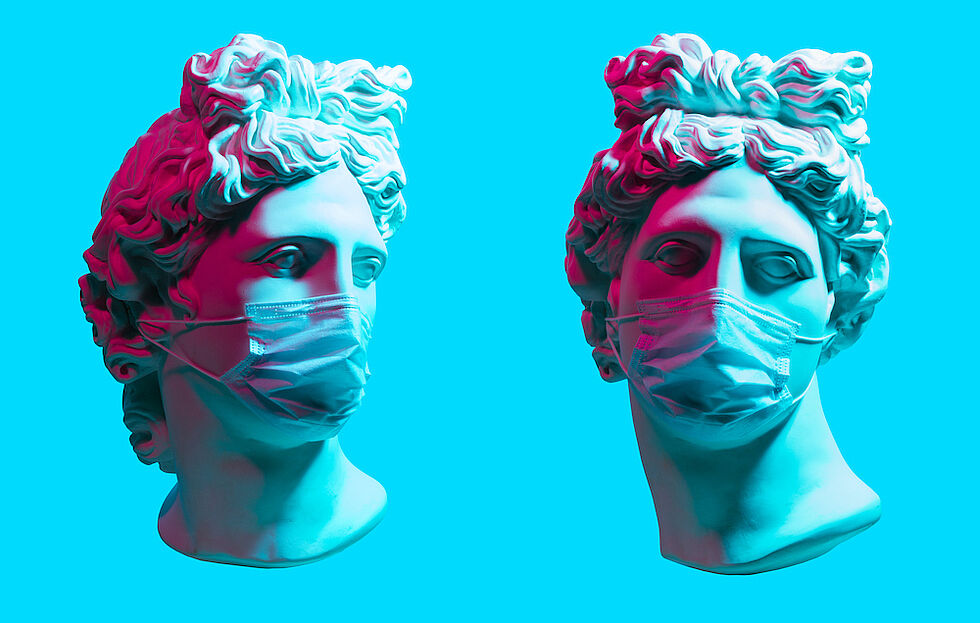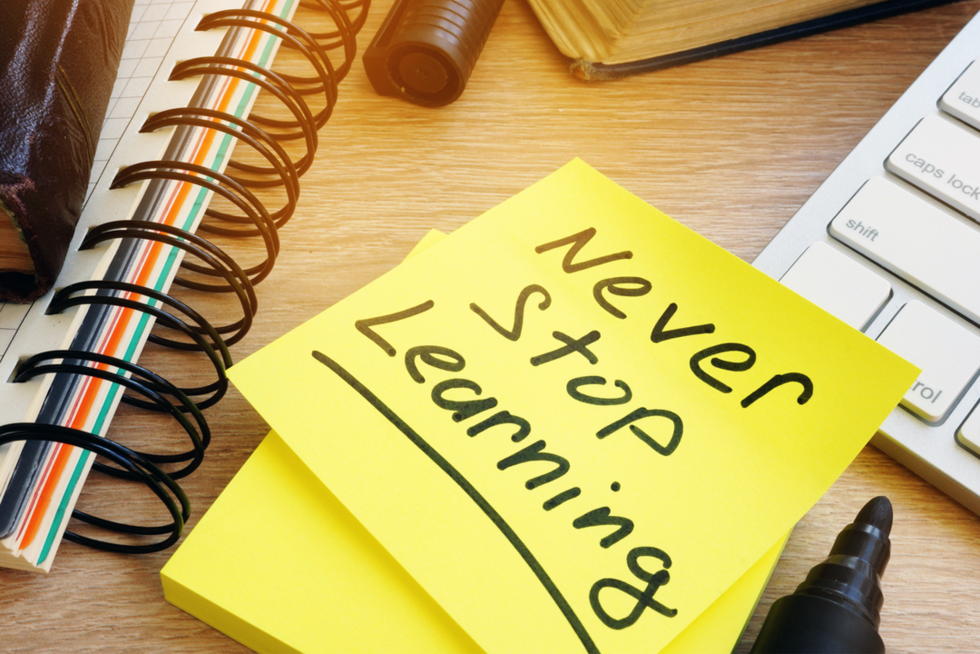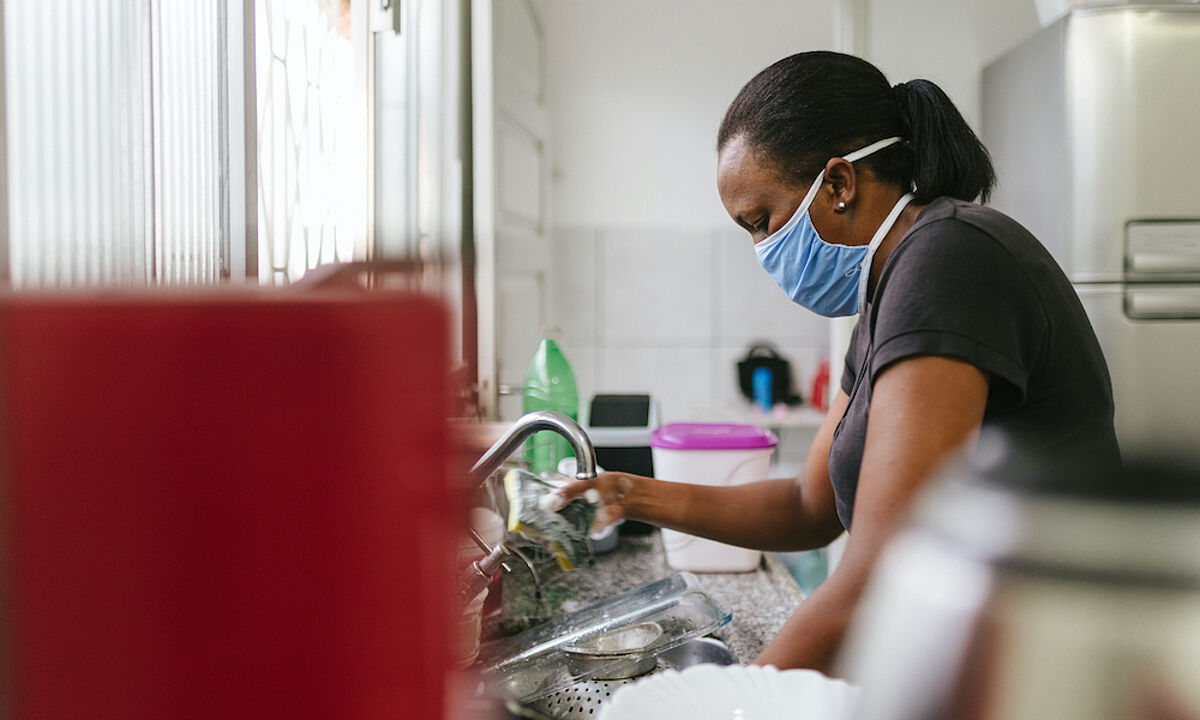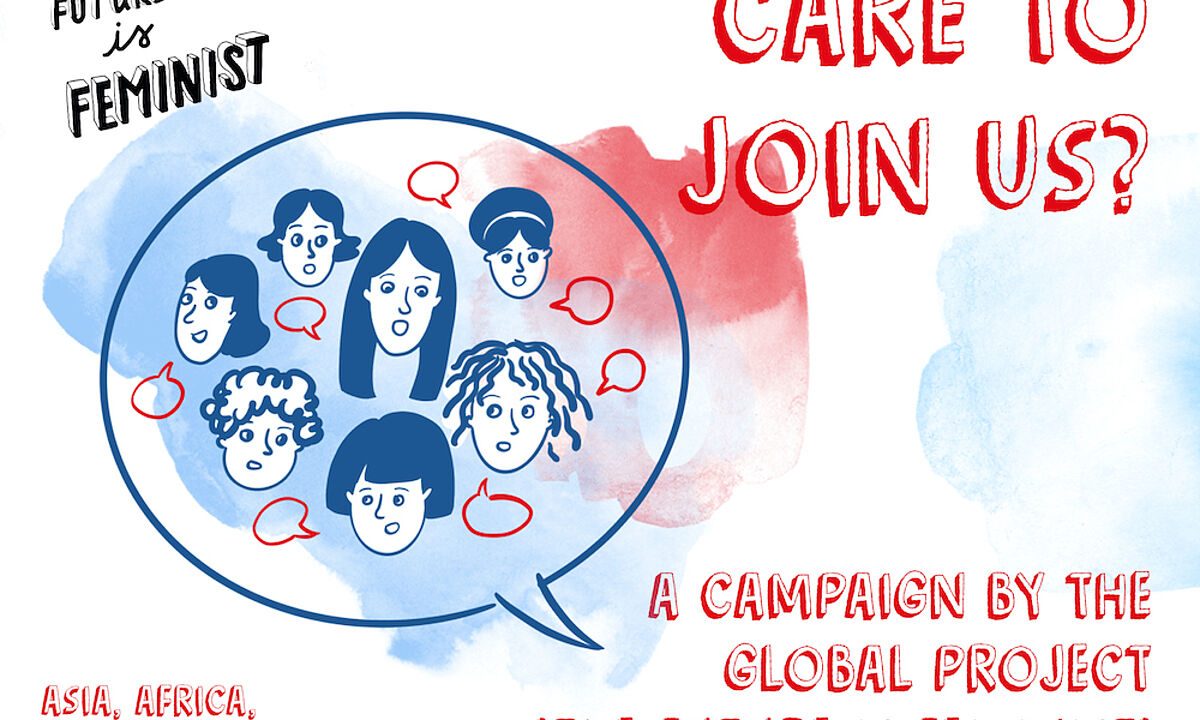TV or not TV? How the pandemic affected education in Mongolia
The coronavirus continues to disrupt societies worldwide. One of the sectors that were particularly hard hit is education with impacts spanning from teachers to students as well as parents. To find out more about how the Mongolian government has faced this challenge and what a “new normal” for education could look like, FES Mongolia spoke to Sodnomdarjaa Munkhbat, the Director of the Science and Technology Department at the Mongolian Ministry of Education, Culture and Science.
FES Mongolia: How has the coronavirus pandemic affected the education system in Mongolia?
Munkhbat: The Mongolian government took the pandemic very seriously from the outset. Thus, schools, kindergartens, and universities were closed as early as the end of January 2020 and remained closed until the upcoming academic year. Without any preparation teaching had to be done remotely. School children were taught through classes broadcasted on TV and universities used remote learning technology. Both had to be developed and implanted on extremely short notice which put a lot of stress on teachers, professors, and students. TV classes were especially challenging. Content had to be adjusted as well as shortened, programmes had to be produced and aired. The Ministry of Education cooperated closely and effectively with the Mongolian Television Association. Moreover, 13 private TV stations produced and broadcasted educational content almost free of charge.
Receiving education through TV was also challenging for parents and students. Parents had to make sure that their children were watching the educational programmes and students had to learn in a new and unfamiliar way that could be detrimental to their attention. Surveys revealed that students recall about 60-70 per cent of the content taught in person. We suspect that this number will be lower for TV classes. So, there is a comparative disadvantage for this generation of students.
As you said, the pandemic challenged teachers and parents alike. To what extent did these stakeholders concur with the measures that the Mongolian government took?
When news about the pandemic broke, everybody in Mongolia knew that we had to act swiftly and decisively in order to prevent an outbreak. Therefore, parents accepted the Government’s actions relatively well and positively. To this date there are no local transmissions of COVID-19 recorded and case numbers remain low. But a key problem for parents was the increased burden on the family to take care of their kindergarten and school children, particularly the former, as schools were closed, and children stayed home. This situation frustrated many parents. Many worried who will take care of their children while they were at work. Thus, the government decided to shorten the work hours for parents with kindergarten and school children in the public sector. This enabled families where both parents worked in the public sector to leave one parent at a time at home with the children while the other one went to work. Some private companies followed this example whereas a few private companies let their employees work from home.
What changed with the beginning of the new academic year in September? What will the “new normal” for the educational sector in Mongolia look like?
The pandemic made it very clear that the education system must be ready and responsive to high risk situations. What happened this year can happen any time again. Our way forward will be to enhance online education particularly for the higher education sector. This will be embedded in the government’s strategy of a “digital transformation”. Parliament established a standing committee on innovation and digital policy. Our ministry established a Department of Innovation. Now, we are in the process of allocating, financing, and creating legal frameworks towards this digital transformation in unified ways. Thus, the “new normal” will be a more digital education with less in person teaching. We monitor closely how other countries are dealing with the same challenge to deliver high-quality education through digital means. But remote learning has its limitations. That is why we restarted all schools in September. We are working towards a hybrid system that combines some in person teaching with distant learning, ideally students spend half their time in classrooms and the other half in front of their computers or TVs. These shifts demand a lot from teachers. They must get accustomed with new and constantly evolving technologies. Teaching the teachers will be a major issue we need to tackle as well.
In short, the shock therapy of the first months of the pandemic broke the ground for this new approach since it led to a quick and widespread acceptance of digital teaching by students, parents, and teachers. It created a new mindset. Thus, if it were not for COVID-19 we wouldn’t be talking about a digital transformation of education. This is the “new normal”.
About the interviewee
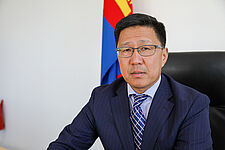
Sodnomdarjaa Munkhbat is the Director of the Science and Technology Department at the Mongolian Ministry of Education, Culture and Science. He holds a Ph.D. in Education and is an associate professor of National University of Mongolia. He has been working in the education sector for over 20 years.
About FES Connect
Connecting people, in the spirit of social democracy, we source and share content in English from the German and international network of the Friedrich-Ebert-Stiftung.
